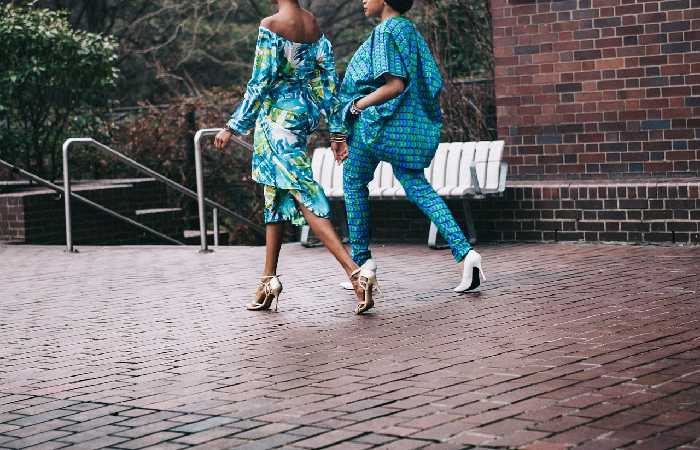Table of Contents
Introduction
Let us talk about Fashion Council of Baton Rouge? Suits and suits stored in the closet, jogging or even pyjamas at any time: the generalization of teleworking has changed clothing habits. Even if vaccines could bring back a little formalism, the professional dress should become less strict and more comfortable after the pandemic.
Fashion Council of Baton Rouge: Since March 2020, “everyone dresses from the waist for Zoom meetings,” says stylist Sascha Lilic. Underneath? “We put on nice shorts.”
And among those who have returned to their workplaces, many notice ambient neglect. “I saw someone walking through the office in socks to go to another department,” recalls Deanna Narveson, a reporter in fashion council of Baton Rouge, Louisiana.
“And I, too, feel that I dress more casually” at the office, says the young woman, who nevertheless forces herself to dress formally when she works from home.
What does the Survey say about Baton Rouge?
According to people surveyed in several companies, everything was done the unsaid. Without management and HRD intervening.
“Shorts and t-shirts at the Pentagon are quite new,” said Matt Triner, head of IT consulting firm Hunter Strategy, which works for the US government on several projects.
The relaxation of dress codes in the professional world was already at work long before the pandemic, led by the tech sector and the start-up generation.
The wind was already blowing even in the bank, where Goldman Sachs had adopted, almost two years ago, a “flexible” dress code, encouraging its employees to “rely on their judgment of what is appropriate to wear for their working day,” said a spokeswoman.
But everything suddenly accelerated. “Suits and ties were already starting to disappear in tech,” says Matt Triner. “The pandemic has given an excuse to the last survivors to drop the case.”
“Change in the Air”
A model of professional classicism, the American brand Brooks Brothers, filed for bankruptcy last year, as did the parent company of Men’s Wearhouse, known above all for its costumes, weighed down by the double effect of the pandemic: less shopping but also less formalism.
Specializing in luxury men’s ready-to-wear, New York designer David Hart has “put back” the suit “for now” and has “focused more on “knitwear”, sweaters or knitted polos.
Beyond the pandemic, “there will be a change in the air,” lilac predicts, for humans in particular. “The outfit will become more casual. The whole thing will be much more focused on comfort.”
We will Lose a Lot of Ties in Baton Rouge
No more shoes too rigid, belts too tight, and “we will lose a lot of ties”, announces the one who has already worked with several fashion houses, such as Hugo Boss or Elie Saab.
The shift is already visible in fashion brands, where we are growing increasingly ostensibly cotton or linen jackets, polo shirts, and even sober sneakers.
Back in the workplace, employees will “try looks that emphasize their personality more. Without completely breaking with the language of clothing, with its professional side”, anticipates Sascha Lilic. “I don’t think we’ll land in the offices of a bank dressed as a rapper.”
Appearance and some formalism “is still important to some customers,” Triner says, “even though as these customers get younger. It’s changing rapidly.”
“I think the costume will stay, but it will no longer produce this blatant physical effect,” according to Sascha Lilic. “It will be less something to hide behind.”
For David Hart, the post-pandemic period will correspond to “a strong desire to dress well again”. With the rise of men’s fashion. It was already underway before the arrival of the coronavirus, “people will start dressing for themselves. And not because that’s what is expected of them at work.”
He, who has made part of the image of his brand on the couple jacket and pants, even begins to dream of a post-pandemic world “where suits and ties will become disruptive”, new signs of originality in the middle of a tide of streetwear. “The man in the suit will be the new rebel.”

